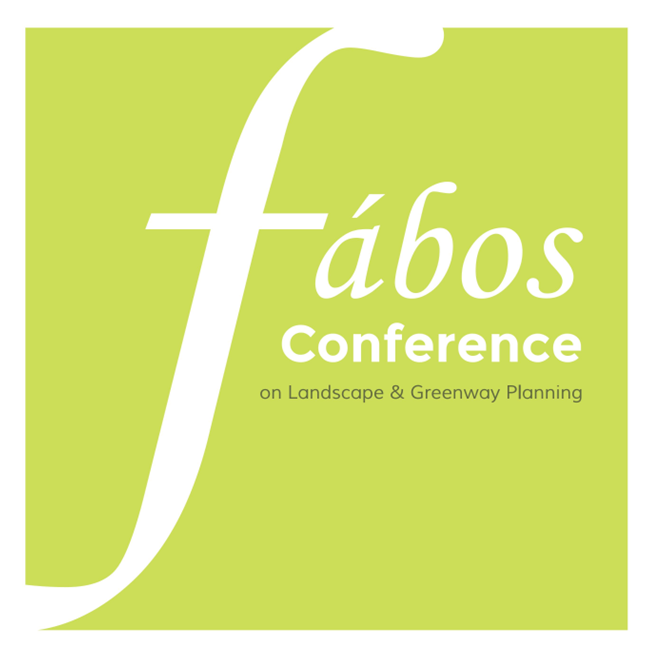Urban Voids After the Pandemic. A New Chance for Greenway
- Valentina Labriola (Politecnico di Milano, Italy)
- Luca Maria Francesco Fabris (Politecnico di Milano, Italy)
- Riccardo Maria Balzarotti (Politecnico di Milano, Italy)
- Gerardo Semprebon (Politecnico di Milano, Italy)
- Federico Camerin (Universidad UVA de Valladolid, Spain)
Abstract
Our proposal deals with the meaning of urban voids in the post-COVID-19 period to suggest new understandings of how urban green corridors can positively affect design for healthier and more sustainable cities. According to Secchi (1986), planning through the void involves a profound revision of the way we think about the city, reversing the points of interest, proposing as polarities the spaces that do not usually emerge. The void thus becomes an opportunity, a chance to improve the structure of our urban landscape (Lopez-Pineiro, 2020). A city is a powerful place, always in motion and transformation. It has an artificial spirit full of surprises and vague limits. It is the scene of remarkable transformations that in their wildness are partially ungovernable by the designers themselves. The desire to control them leaves a series of abandoned and unfinished spaces, “holes” that live from their discontinuity with the surroundings (Labriola, 2021).
During a period of crisis, like the one that we are still living with COVID-19 (Fabris et al, 2020), it is common to re-think our cities to create better places for the community. After the long period of forced distance that we lived, an evolution of public space is recommended.
During the pandemic, the emptiness of our cities permitted Nature to re-appropriate its spaces. Following this trend and thinking about a new kind of public space where Nature and its inside processes are the protagonists, it is possible to intervene in our cities. The porosity of the urban fabric in towns without humans, blocked at home by the never-ending lockdowns, became a new green corridor that revealed the presence of wildlife (both fauna and flora) as part of a forgotten urban layer that turned visible again. The preservation of this new asset should be possible. The spaces to allow this change can be the abandoned and empty areas present in the contemporary city’s sick body that we can finally heal. The so-called wastelands, voids, or terrain vague, have a significant value independent from the environment in which they are inserted, showing a relationship with the contemporary city extraneous to its rhythms. For this reason, they are the perfect place for experimentation in terms of greenways, a possible starting point to re-think how green can be part of the urban texture and how to conceive public and open spaces after the nowadays crisis. The paper considers the Metropolitan City of Milan as a remarkable case study to understand the pivotal role played by urban voids in the formation of greenways and their capacity of reshaping the environmental, aesthetic and healthy dimensions of urban landscapes.
Keywords: Voids, Unfinished, Public Spaces, Pandemic, Land Consumption, Greenway
How to Cite:
Labriola, V., Fabris, L., Balzarotti, R. M., Semprebon, G. & Camerin, F., (2022) “Urban Voids After the Pandemic. A New Chance for Greenway”, Fábos Conference on Landscape and Greenway Planning 7(1). doi: https://doi.org/10.7275/8yy0-hh28
Downloads:
Download PDF
255 Views
111 Downloads
